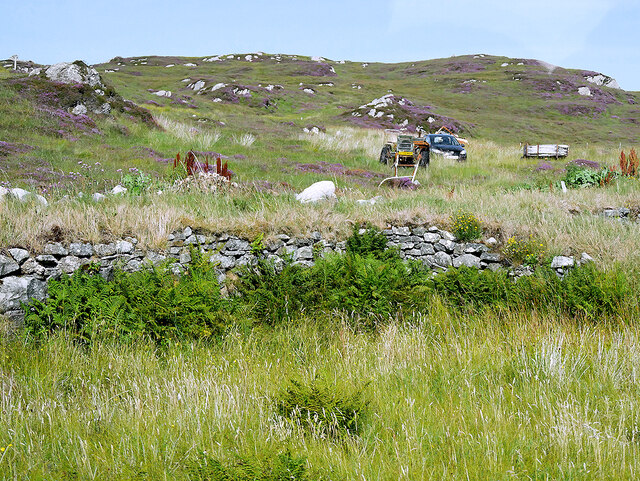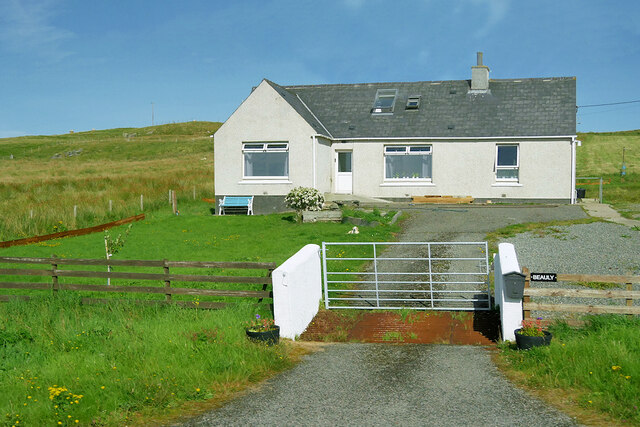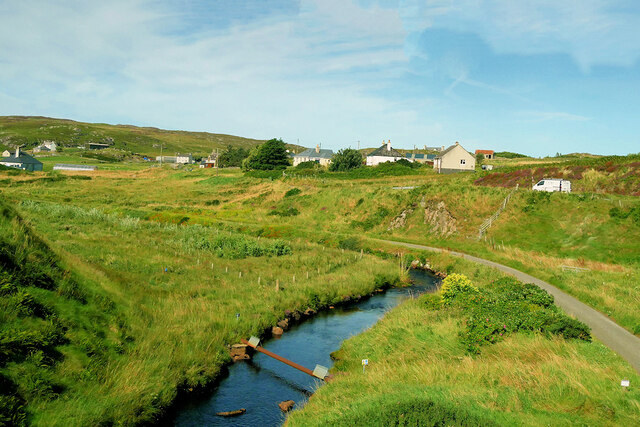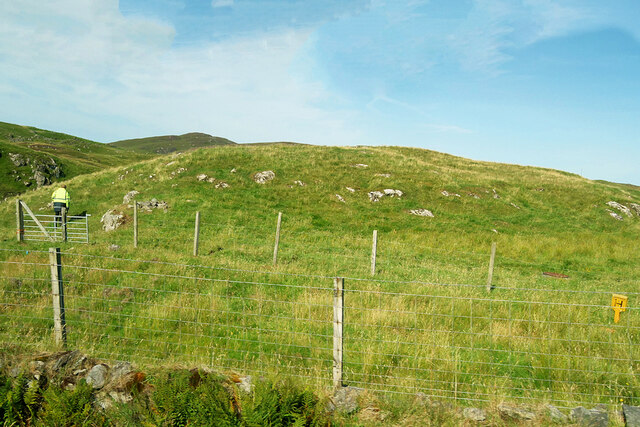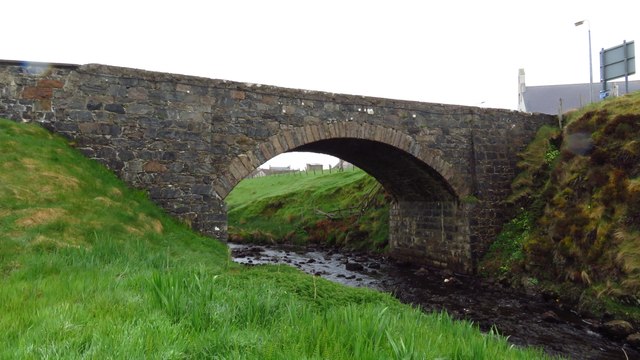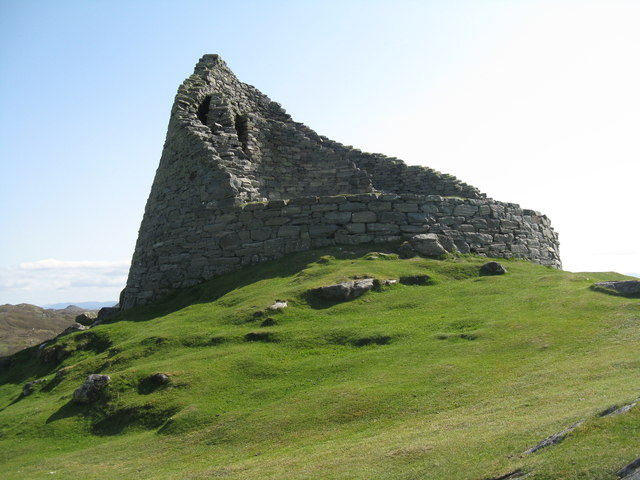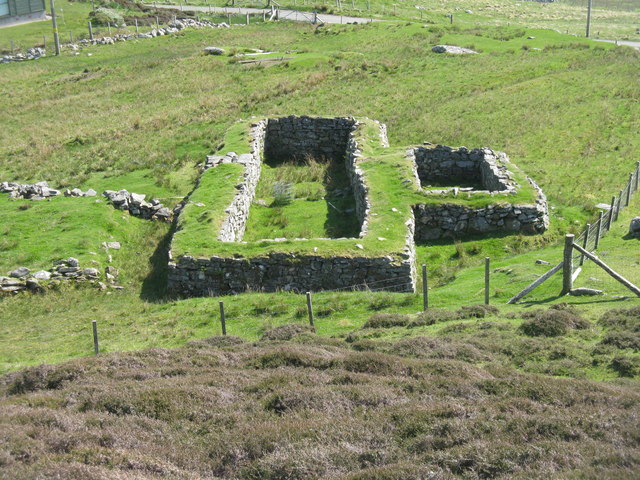Cnoc Croir
Hill, Mountain in Ross-shire
Scotland
Cnoc Croir
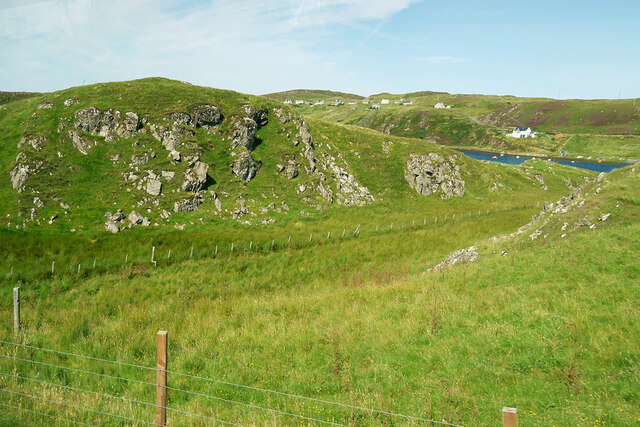
Cnoc Croir is a prominent hill located in the county of Ross-shire, in the Scottish Highlands. It is situated near the village of Strathpeffer, about 20 miles northwest of Inverness. With an elevation of 415 meters (1,362 feet), it is considered a modest-sized mountain.
The hill is characterized by its distinctive conical shape, which gives it a commanding presence in the surrounding landscape. Its slopes are covered in heather, grass, and scattered rocks, providing a habitat for a variety of flora and fauna. Visitors can expect to encounter species such as red deer, mountain hares, and various bird species, including golden eagles and ptarmigans.
Cnoc Croir offers breathtaking panoramic views from its summit. On clear days, one can see the Cromarty Firth and the Black Isle to the east, while the rugged peaks of the Torridon and Fisherfield Forest mountains dominate the western horizon. The hill is a popular destination for hikers and nature enthusiasts, with several well-marked trails leading to the top.
The area surrounding Cnoc Croir also holds historical significance. There are remains of Bronze Age settlements and stone structures nearby, providing glimpses into the ancient past of the region. Additionally, the hill is part of the larger Strathpeffer and Blackmuir Wood Special Landscape Area, recognized for its natural and cultural heritage.
Overall, Cnoc Croir offers a rewarding outdoor experience, combining stunning vistas, wildlife encounters, and glimpses into Scotland's rich history.
If you have any feedback on the listing, please let us know in the comments section below.
Cnoc Croir Images
Images are sourced within 2km of 58.2795/-6.7733508 or Grid Reference NB2042. Thanks to Geograph Open Source API. All images are credited.
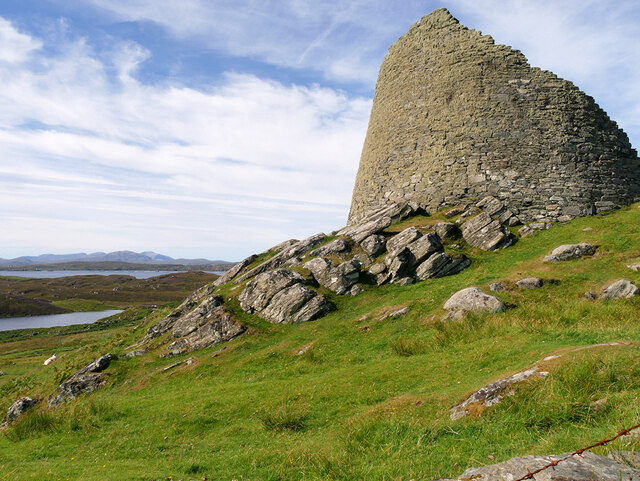
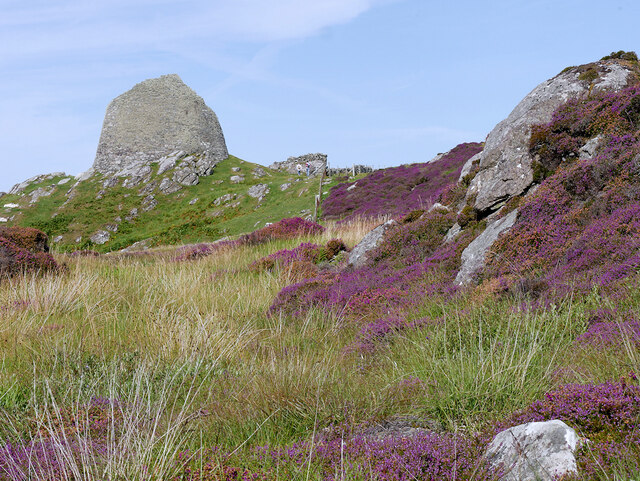
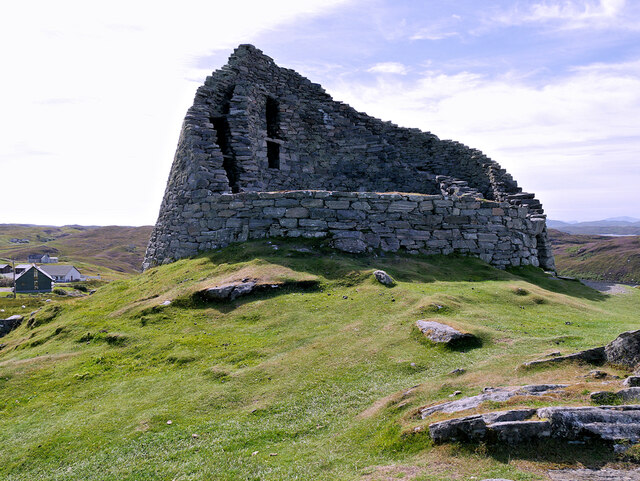
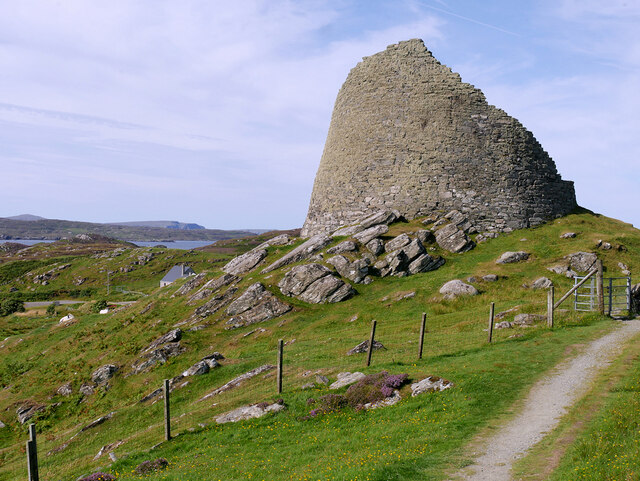
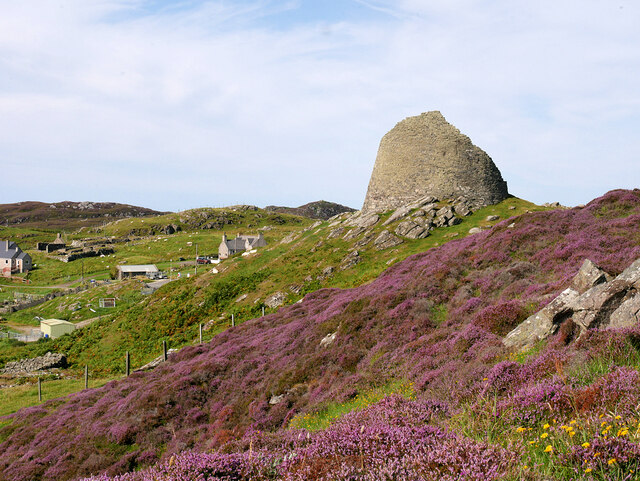
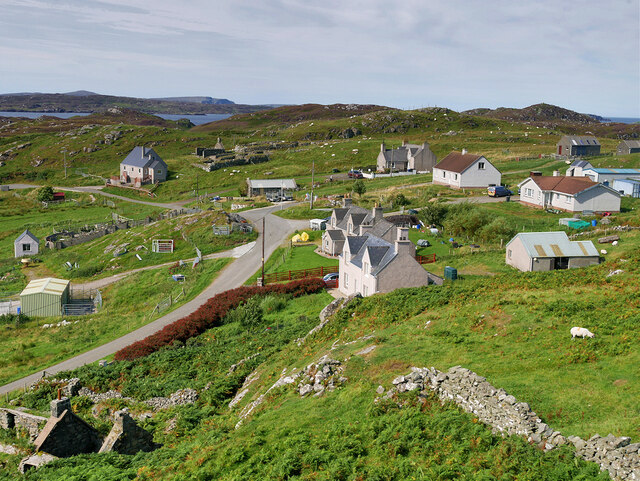
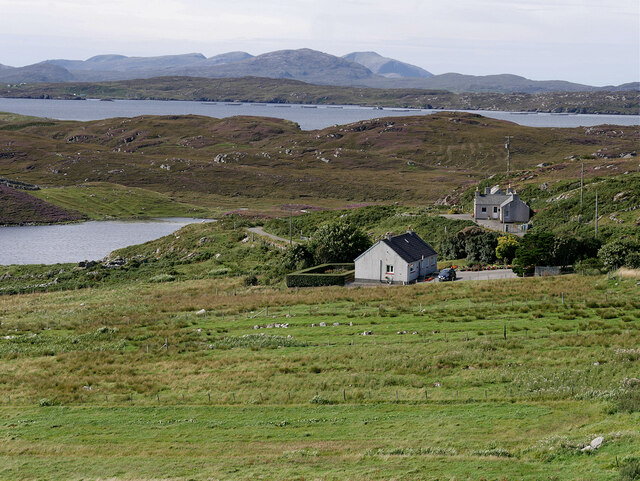
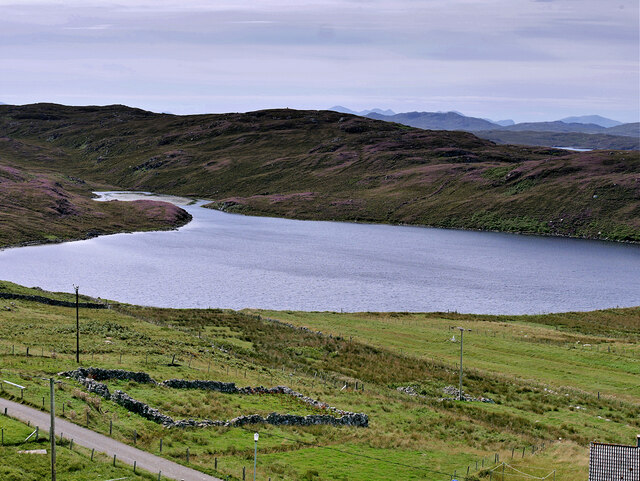
Cnoc Croir is located at Grid Ref: NB2042 (Lat: 58.2795, Lng: -6.7733508)
Unitary Authority: Na h-Eileanan an Iar
Police Authority: Highlands and Islands
What 3 Words
///napkins.skim.broke. Near Carloway, Na h-Eileanan Siar
Nearby Locations
Related Wikis
Carloway
Carloway (Scottish Gaelic: Càrlabhagh [ˈkʰaːɾɫ̪ə.ɤː]) is a crofting township and a district on the west coast of the Isle of Lewis, in the Outer Hebrides...
Borrowston, Lewis
Borrowston (Scottish Gaelic: Borghastan), with a population of about 50, is a crofting township situated on the Isle of Lewis, on the Outer Hebrides of...
Dun Carloway
Dun Carloway (Scottish Gaelic: Dùn Chàrlabhaigh) is a broch situated in the district of Carloway, on the west coast of the Isle of Lewis, Scotland (grid...
Garenin
Garenin (Scottish Gaelic: Na Gearrannan) is a crofting township on the west coast of the Isle of Lewis in the Outer Hebrides of Scotland. Garenin is in...
Tolsta Chaolais
Tolsta Chaolais (also Tolastadh Chaolais, Tolstadh a' Chaolais) is a village on the Isle of Lewis, Scotland. It consists of about forty houses, clustered...
Cealasaigh
Cealasaigh or Kealasay is an islet in outer Loch Ròg, Lewis, Scotland that lies north of Traigh Mhór on Little Bernera and south of Campaigh. To the west...
Campaigh
Campaigh or Campay is a steep and rocky islet in outer Loch Ròg, Lewis, Scotland that lies north of Cealasaigh and Little Bernera. A huge natural arch...
Little Bernera
Little Bernera (Scottish Gaelic: Beàrnaraigh Beag) is a small island situated off the west coast of the Isle of Lewis in the Outer Hebrides.Little Bernera...
Nearby Amenities
Located within 500m of 58.2795,-6.7733508Have you been to Cnoc Croir?
Leave your review of Cnoc Croir below (or comments, questions and feedback).
